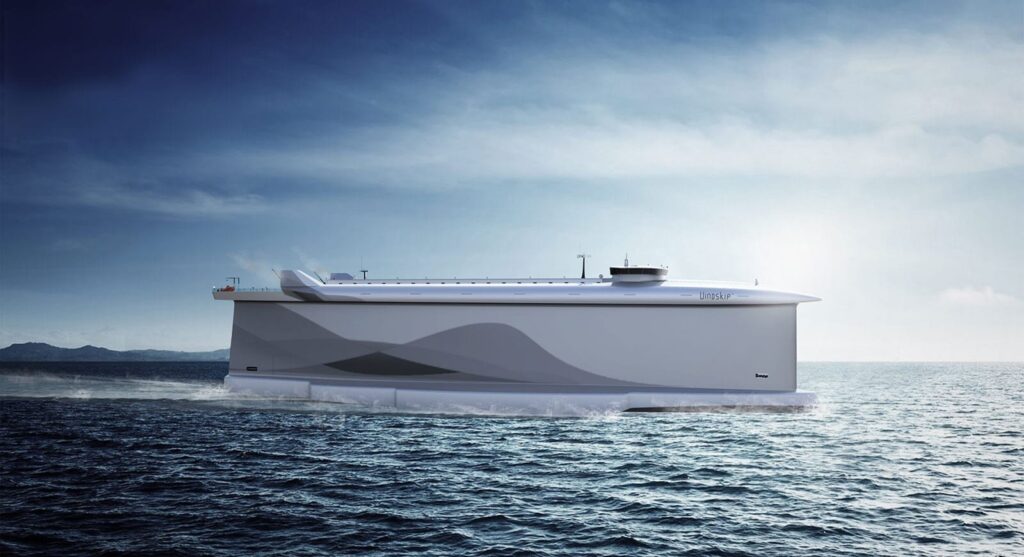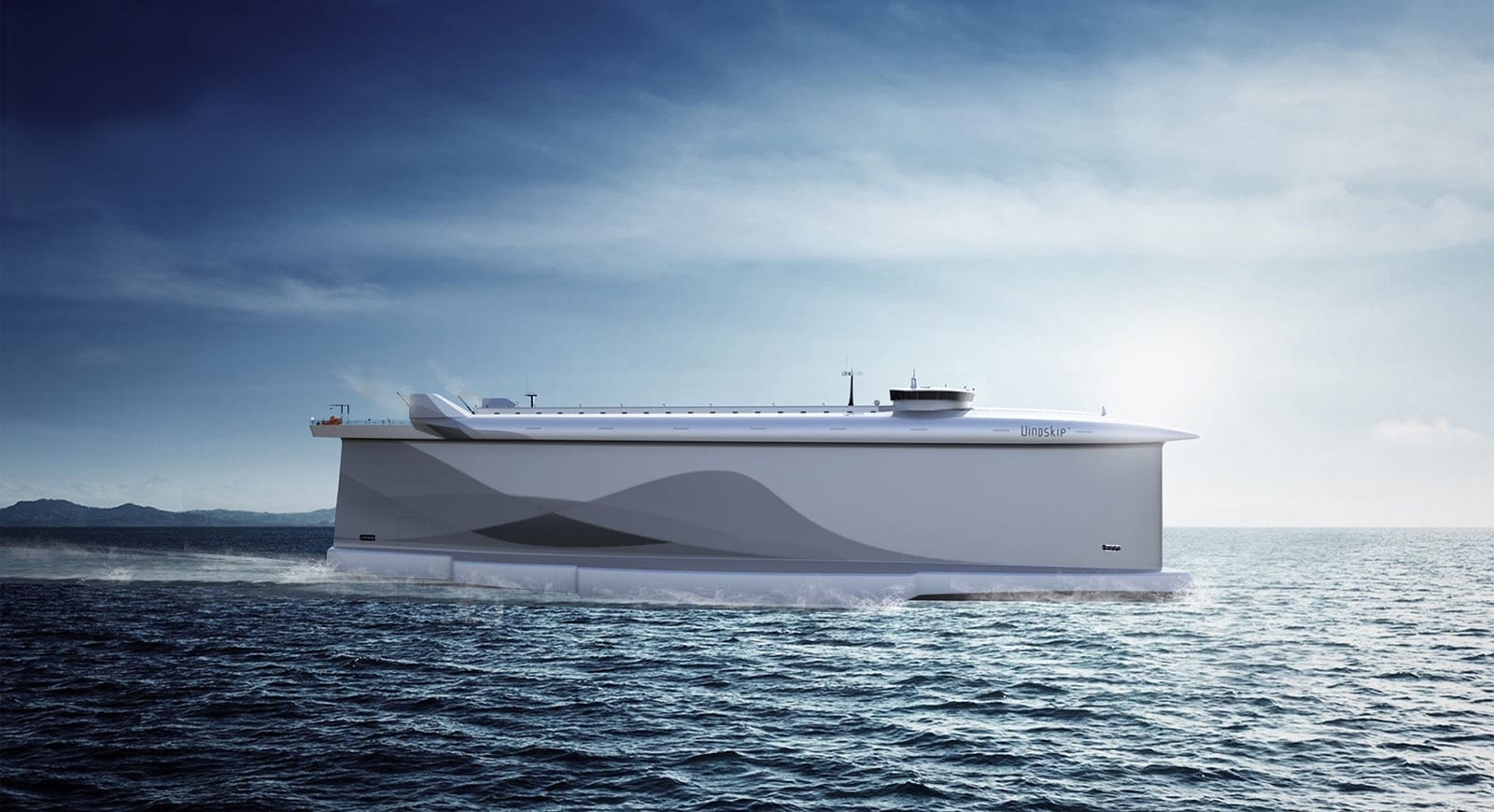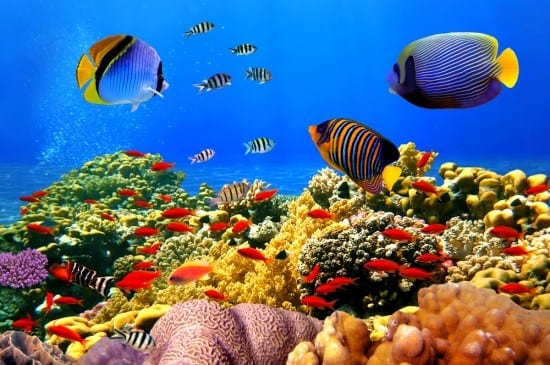
To make ships more eco-efficient, engineers have been working with alternative fuels. A Norwegian engineer is currently pursuing a new approach: With VindskipTM, he has designed a cargo ship that is powered by wind and gas.
Software developed by Fraunhofer researchers will ensure an optimum use of the available wind energy at any time.
International shipping is transporting 90 percent of all goods on earth. Running on heavy fuel oil freighters contribute to pollution. The International Maritime Organization (IMO) wants to reduce the environmental impact of ocean liners. One of the measures: Starting from 2020, ships will only be allowed to use fuel containing maximum 0.1 percent sulfur in their fuel in certain areas. However, the higher-quality fuel with less sulfur is more expensive than the heavy fuel oil which is currently used. Shipping companies are thus facing a major challenge in reducing their fuel costs while complying with the emission guidelines.
A new way of reducing fuel consumption, emissions and bunker expenses is being pursued by the Norwegian engineer Terje Lade, managing director of the company Lade AS: With VindskipTM he has designed a type of ship that does not use heavy fuel oil but utilizes wind for propulsion. The highlight: The hull of the freighter serves as a wing sail. On the high seas, VindskipTM will benefit from free-blowing wind making it very energy efficient. For low-wind passages, in order to maneuver the ship on the open sea while also maintaining a constant speed, it is equipped with an environmentally friendly and cost-effective propulsion machinery running on liquefied natural gas (LNG). With the combination of wind and liquefied natural gas as an alternative fuel to heavy fuel oil, the fuel consumption is estimated to be only 60 percent of a reference ship on average. Carbone dioxide emissions are reduced by 80 percent, according to calculations by the Norwegian company.
Weather routing module determines the optimal course
For efficient operation, it is critical that the available wind energy is used in the best possible way. In order to calculate the optimal sailing route, researchers from Fraunhofer Center for Maritime Logistics and Services CML, a division of Fraunhofer Institute for Material Flow and Logistics IML, have developed a customized weather routing module for VindskipTM. Considering meteorological data the software for the new ship type uses a navigation algorithm to calculate a route with the optimum angle to the wind for maximum effect of the design. “With our weather routing module the best route can be calculated in order to consume as little fuel as possible. As a result costs are reduced. After all, bunker expenses account for the largest part of the total costs in the shipping industry,” says Laura Walther, researcher at CML in Hamburg. For the complex calculations, the researcher and her team apply numerous parameters, such as aero- and hydrodynamic data as well as weather forecasts from the meteorological services, such as wind speed and wave height.
Read more: Wind-powered freighters
The Latest on: Wind-powered freighters
[google_news title=”” keyword=”Wind-powered freighters” num_posts=”10″ blurb_length=”0″ show_thumb=”left”]
via Google News
The Latest on: Wind-powered freighters
- Who will pay to replace Baltimore's Key Bridge? The legal battle has already begunon May 2, 2024 at 6:40 am
Workers are still removing pieces of the Key Bridge from Baltimore Harbor, but the fight over who will pay to replace it has already begun. Past accidents offer some clues about how it could play out.
- Today in Italy: A roundup of the latest news on Tuesdayon April 29, 2024 at 11:39 pm
Italy to bring in hiring incentives for businesses, G7 agrees to phase out coal power plants, storms forecast for Labour ... The Virginio Fasan frigate, which was protecting a European commercial ...
- Finding space for wind farms might be easier than we thoughton April 28, 2024 at 2:31 pm
To meet the Biden administration’s goal of weaning the electric grid off fossil fuels by 2035, the United States needs to add more wind farms.
- Denmark launches its biggest offshore wind tenderon April 22, 2024 at 2:19 am
Denmark on Monday launched its biggest offshore wind tender to date, offering no subsidies to companies competing for the right to erect turbines on six sites with a combined capacity of up to 10 ...
- West Side Market re-opens Sunday, after stormon April 13, 2024 at 5:00 pm
Top local wind gusts & see Lake Erie freighters seek safe harbor One of those places that had still been dealing with a power outage Saturday was the West Side Market. which was forced to close ...
- See Lake Erie freighters seek safe harbor from high waveson April 13, 2024 at 8:05 am
Here are the top wind gusts, according to Fox 8 meteorologist MacKenzie Bart. Photos of the huge ore carriers moving to safer waters can been seen below this wind gust reports graphic. High swells ...
- Top local wind gusts & see freighters seek safe harboron April 13, 2024 at 8:05 am
Here are the top wind gusts, according to Fox 8 meteorologist MacKenzie Bart. Photos: Strong winds take down trees, cause damage in NE Ohio High swells and 13 foot waves on Lake Erie Friday night ...
- See Lake Erie freighters seek safe harbor from high waveson April 12, 2024 at 5:00 pm
Here are the top wind gusts, according to Fox 8 meteorologist MacKenzie Bart. Photos: Strong winds take down trees, cause damage in NE Ohio High swells and 13 foot waves on Lake Erie Friday night had ...
- A startup wants to build the world's largest cargo plane big enough to carry wind turbines the size of a football field — take a lookon March 30, 2024 at 4:16 am
Its sole purpose: to deliver giant wind turbine blades ... Obstructions such as highway overpasses, power lines, bridges, and tunnels create a logistics nightmare for the delivery of each blade.
- World’s first wind-powered freighter sets off on maiden voyageon August 21, 2023 at 12:22 am
It may not have the romance of the billowing multi-masted clippers, but the world’s first wind-powered freighter has embarked on her maiden voyage. Mitsubishi’s Pyxis Ocean bulk carrier has ...
via Bing News










